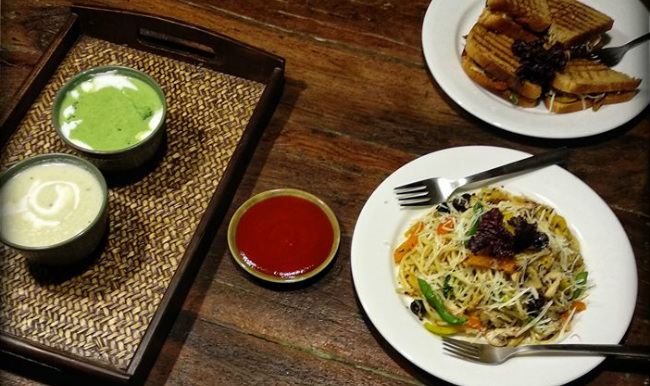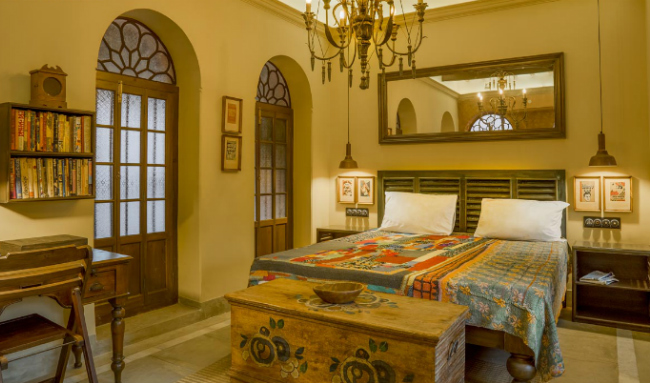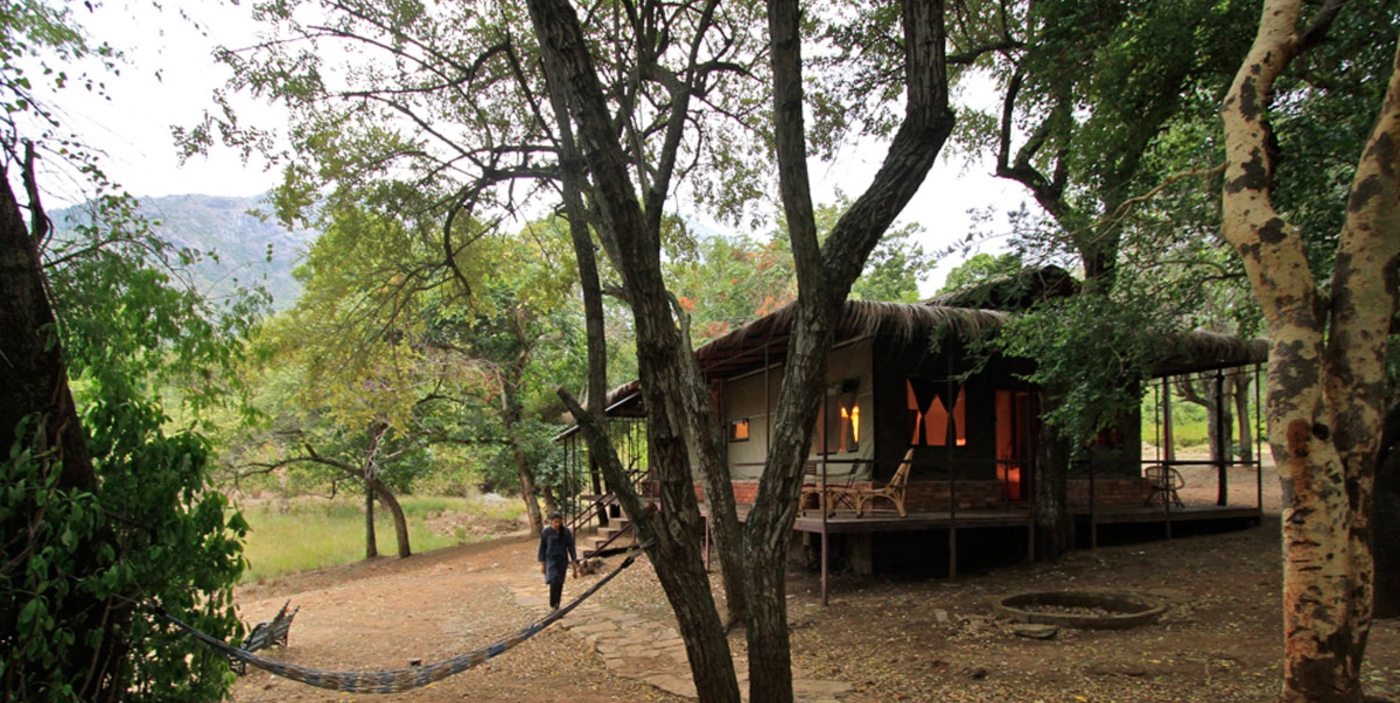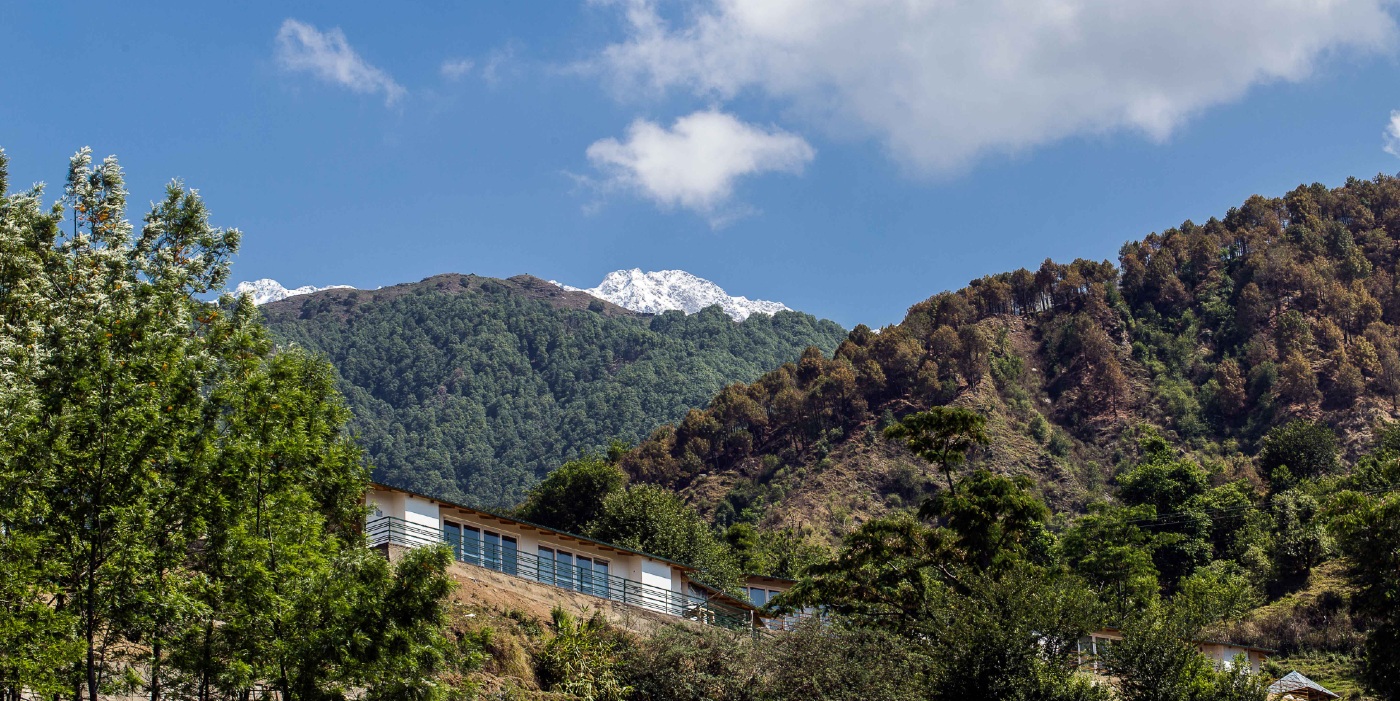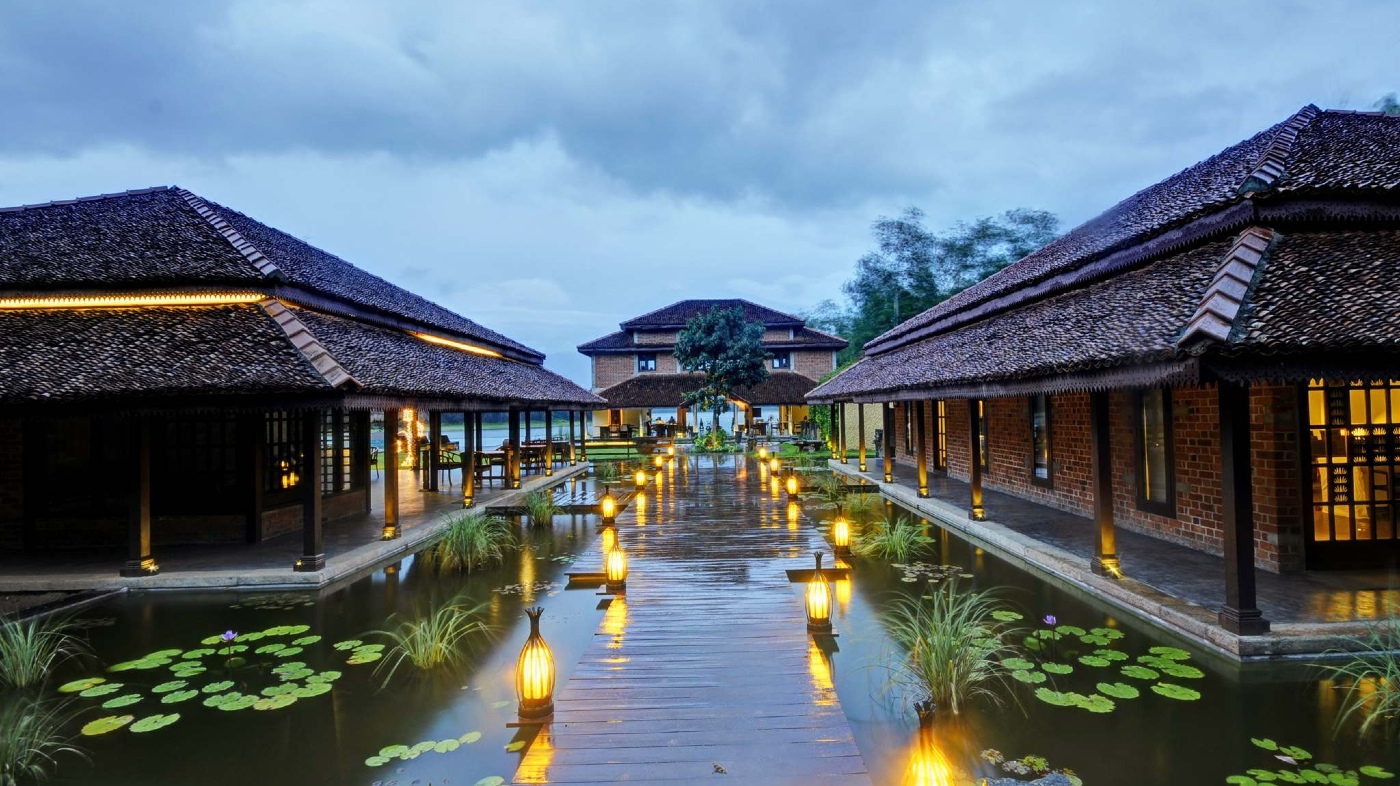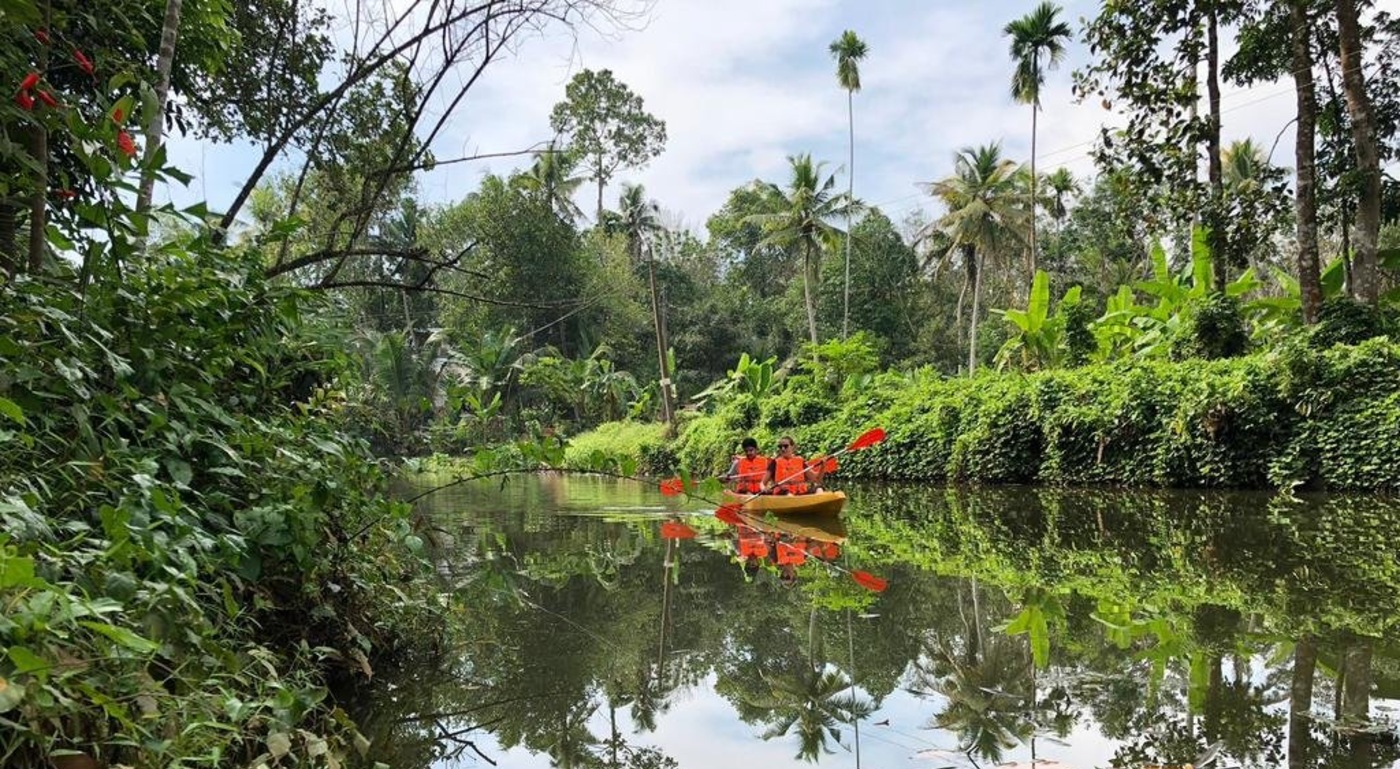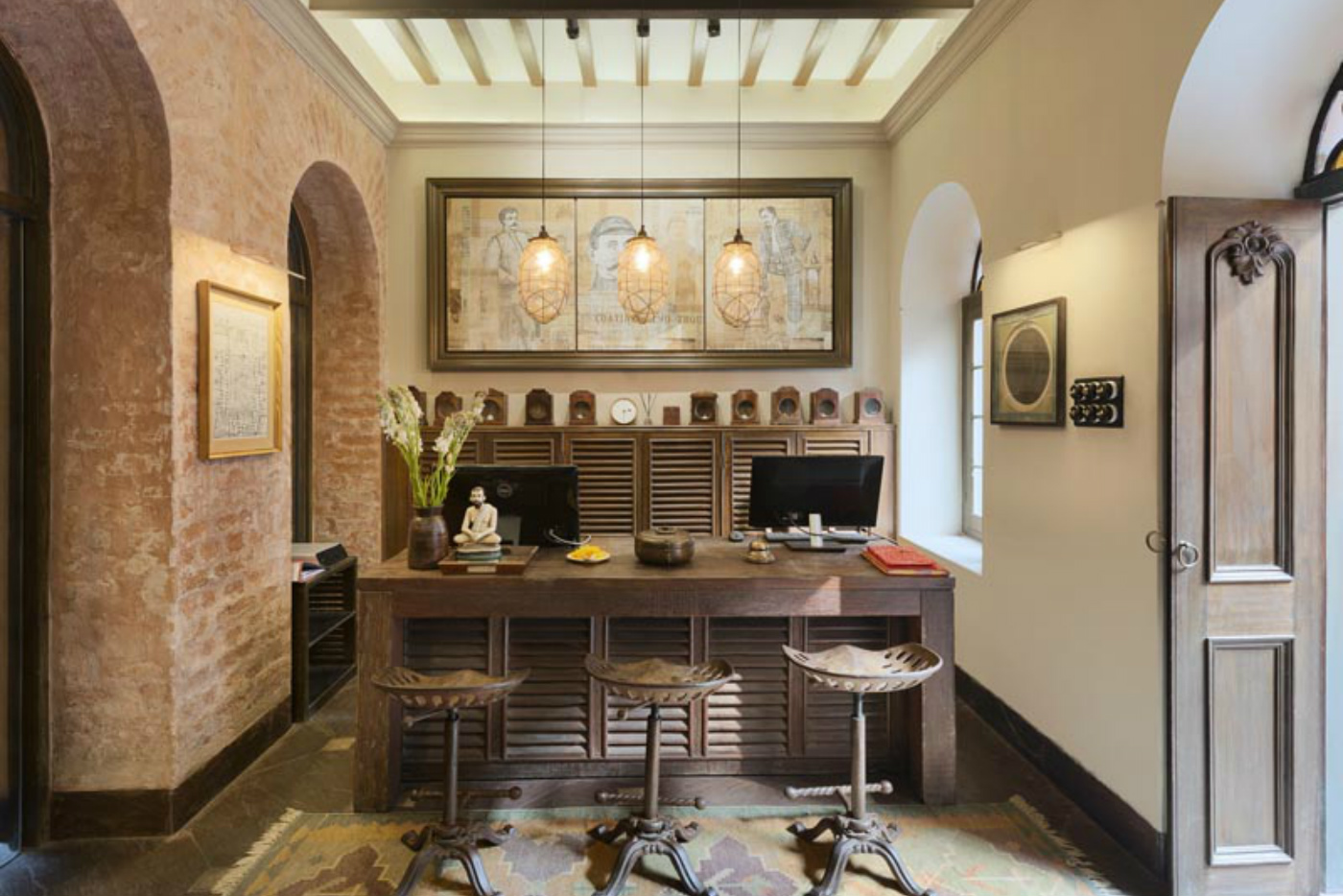
A heritage B&B in Kolkata’s Shyambazar, West Bengal
Iftekhar Ahsan, the man behind walking tours venture Calcutta Walks, had always wondered why people were not showering tender loving care on the many grand but decrepit old mansions that dot Kolkata’s streets. He decided to do something about it and after much hunting found a 1920s mansion—rather half of it—that was old and rundown but was still structurally sound. Today it is the beautifully restored pink-hued heritage B&B, Calcutta Bungalow.
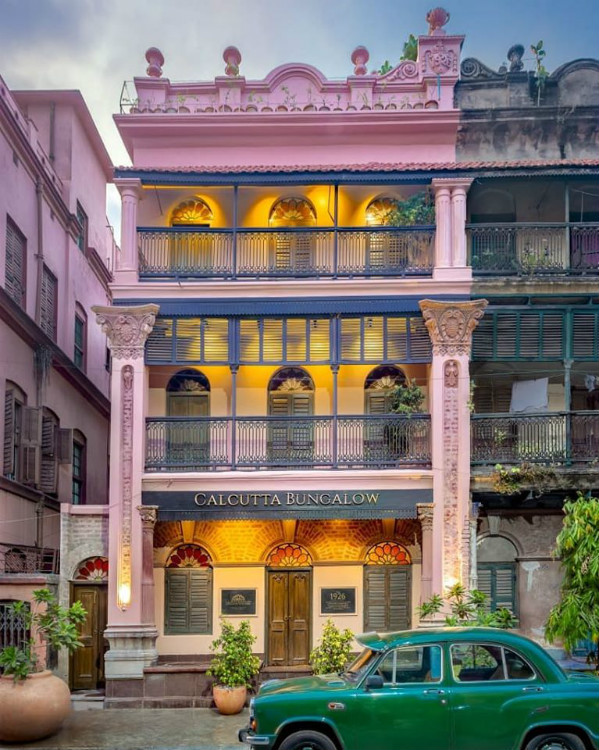
Located in North Kolkata, the B&B may look exhuberant on the outside but it is surprisingly restrained on the inside with walls of exposed brick or painted in subdued hues. However, it is also filled with an eclectic mix of knick knacks and found art, including working typewriters in each room! The two courtyards are standout features.
The hotel offers six tastefully decorated and comfortable rooms that are full of old-world charm and overlook the courtyards. The common areas like the courtyard and terrace seating nooks and the dining room are cosy and made for intimate ‘adda’ sessions. Breakfast is included in the tariff and the kitchen offers a good mix of options for lunch and dinner. Continental and good old Bengali options are both available.
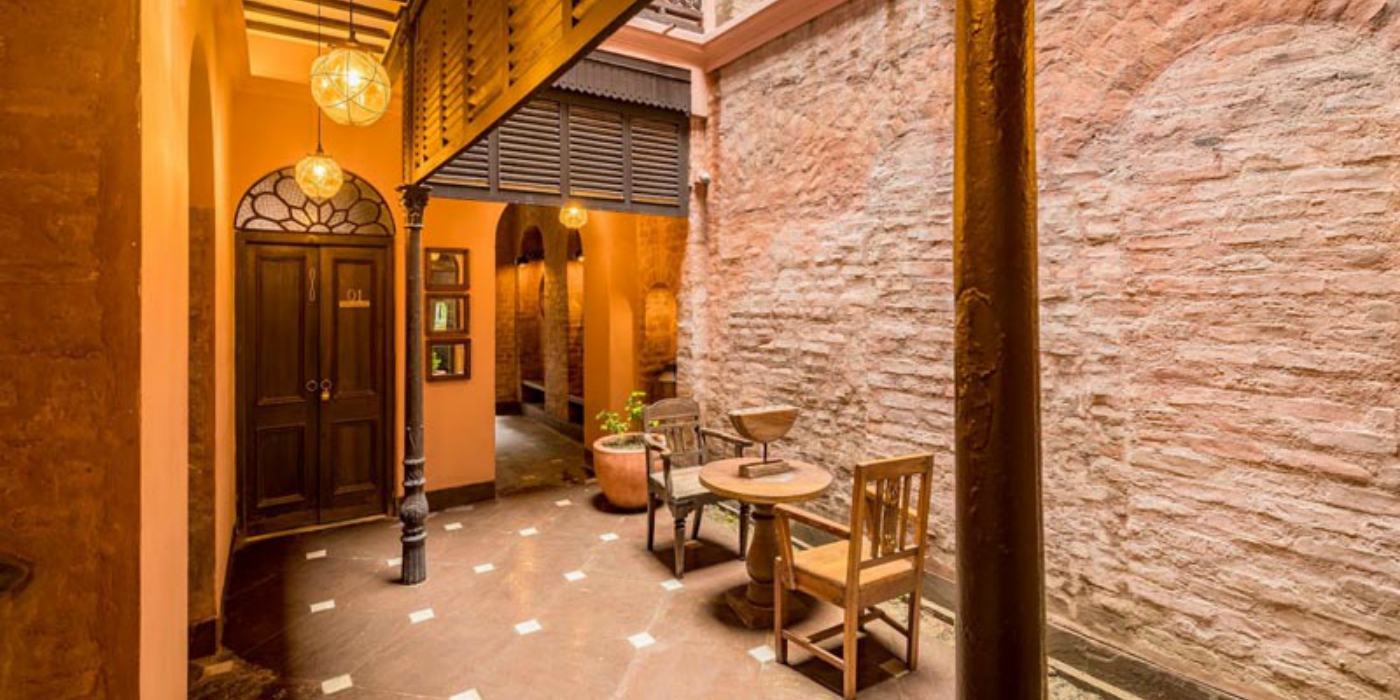
The B&B is located in one of those old Kolkata neighbourhoods that comprise of close-knit communities and are well-lived in. The B&B provides bicycles to explore the neighbourhood. The ghats of the Hooghly River are a 10-minute walk away. Of course, guests can always opt for one of the walking tours offered by Calcutta Walks.
Price: From Rs 5,000 plus GST a night to Rs 7,499 plus GST a night; includes breakfast.
Read more: https://calcuttabungalow.com/
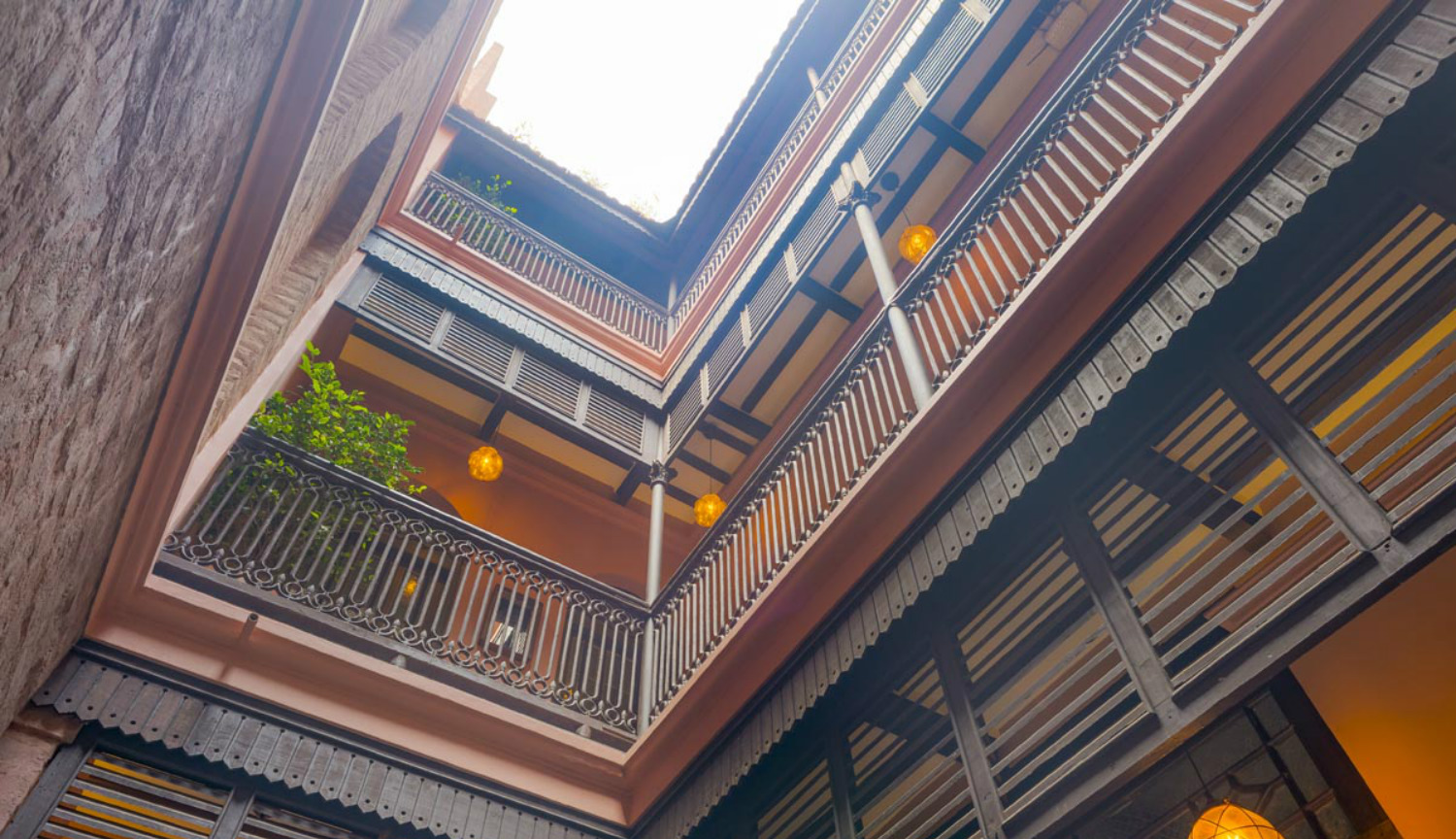
Slow Travel
Calcutta Bungalow is housed in a renovated and restored 1926 Kolkata mansion. The mansion, which was rundown, has been lovingly restored using local craftsmen and traditional materials and practices as much as possible. Almost all the wood and iron came from buildings that had been torn down elsewhere in the city. The team acquired many khorkhoris or louvred windows and re-purposed them as installations in the courtyard and as bedside tables. The exposed brick walls are made of a plaster that has half a dozen food items in it besides lime and plaster. The masons or Raj mistries who came from Murshidabad used an ancient formula that involved mixing jaggery, wood apple pulp, fenugreek seeds and betel nuts, among other things, and cured it for over two weeks to make the perfect mortar.
